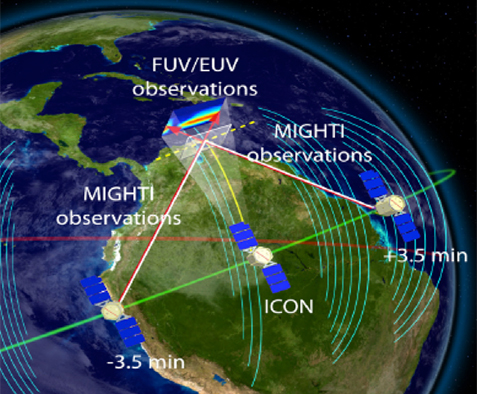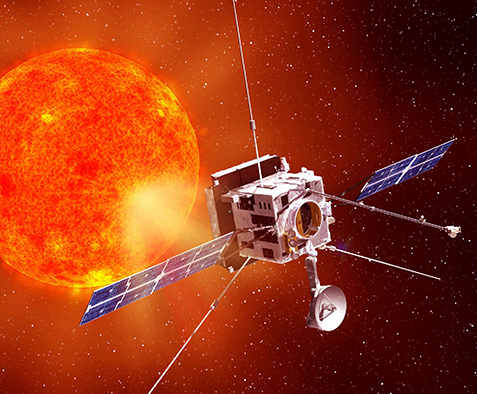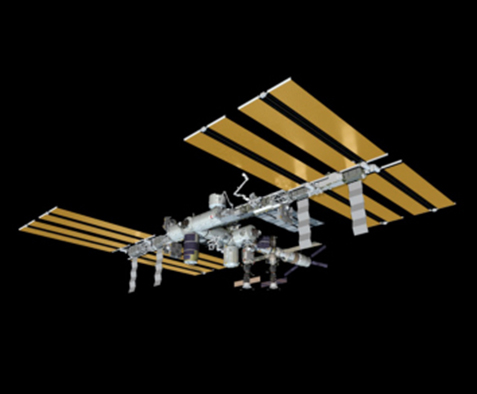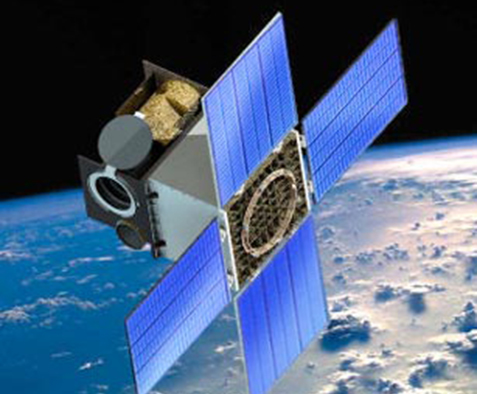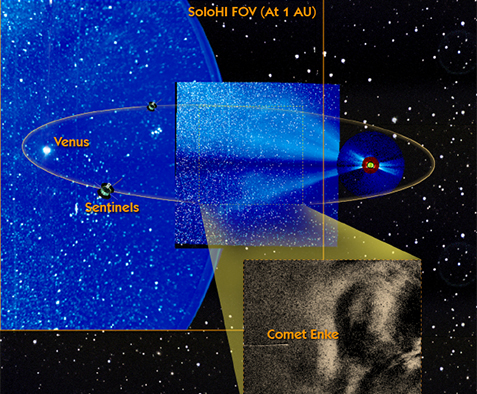SSRC selected to support MIGHTI instrument
March 2012
The Space Systems Research Corporation is excited to announce the start of the MIGHTI program at the U.S. Naval Research Laboratory. SSRC has been asked to provide program management support for the Michelson Interferometer for Global High-resolution Thermospheric Imaging (MIGHTI) instrument.
MIGHTI is a Naval Research Laboratory (NRL) instrument on the UC Berkeley led ICON Explorer Proposal submitted in response to the NASA Announcement of Opportunity (AO) NNH11ZDA002O issued by NASA HQ. ICON was selected by NASA HQ for Phase A development and evaluation as a potential future science mission.


